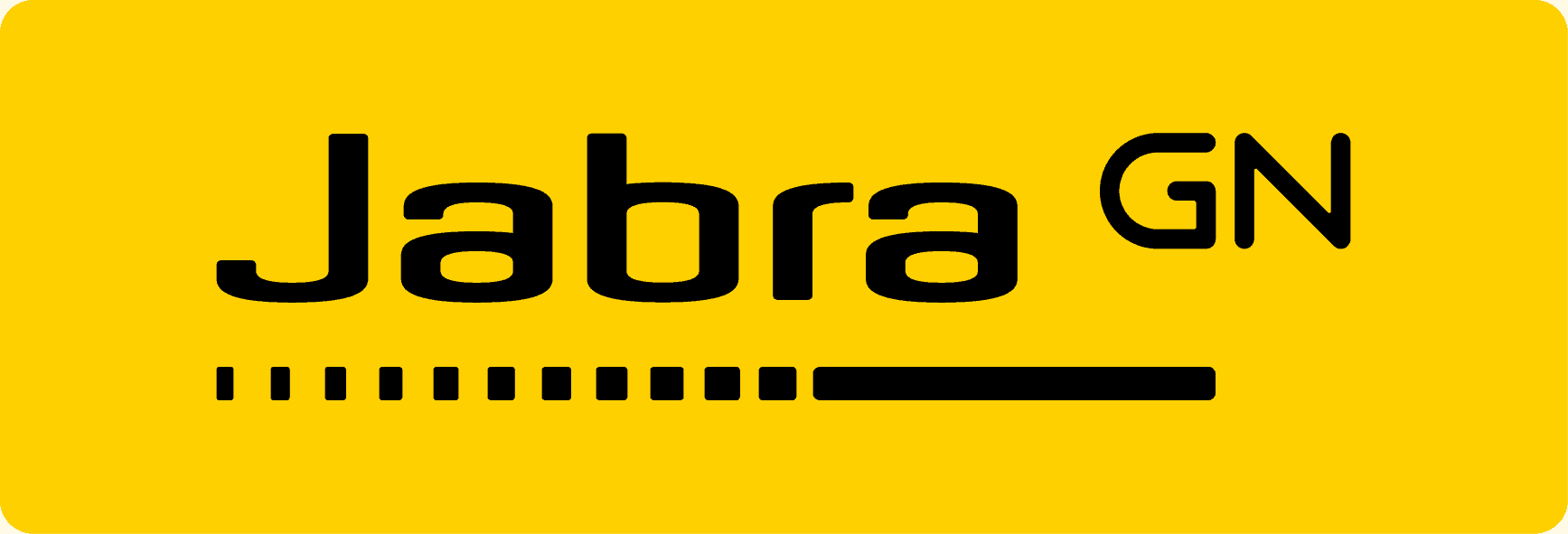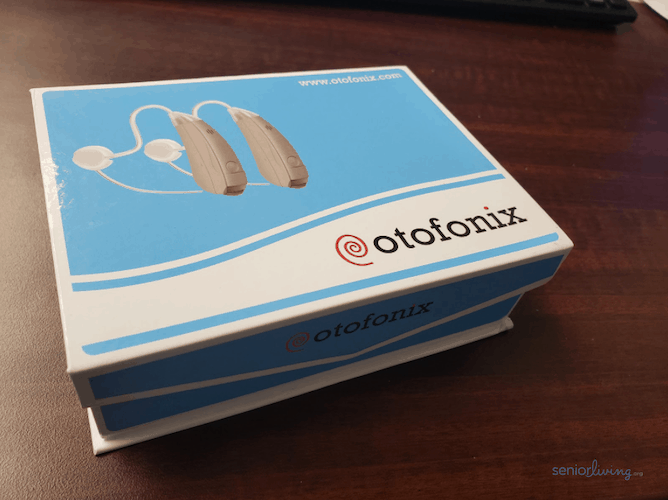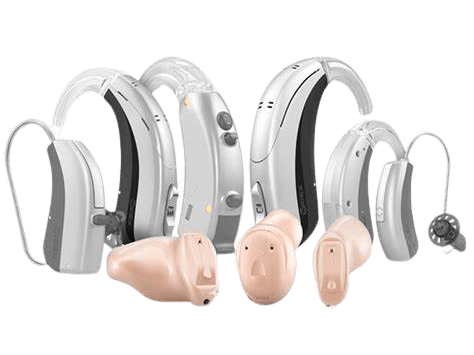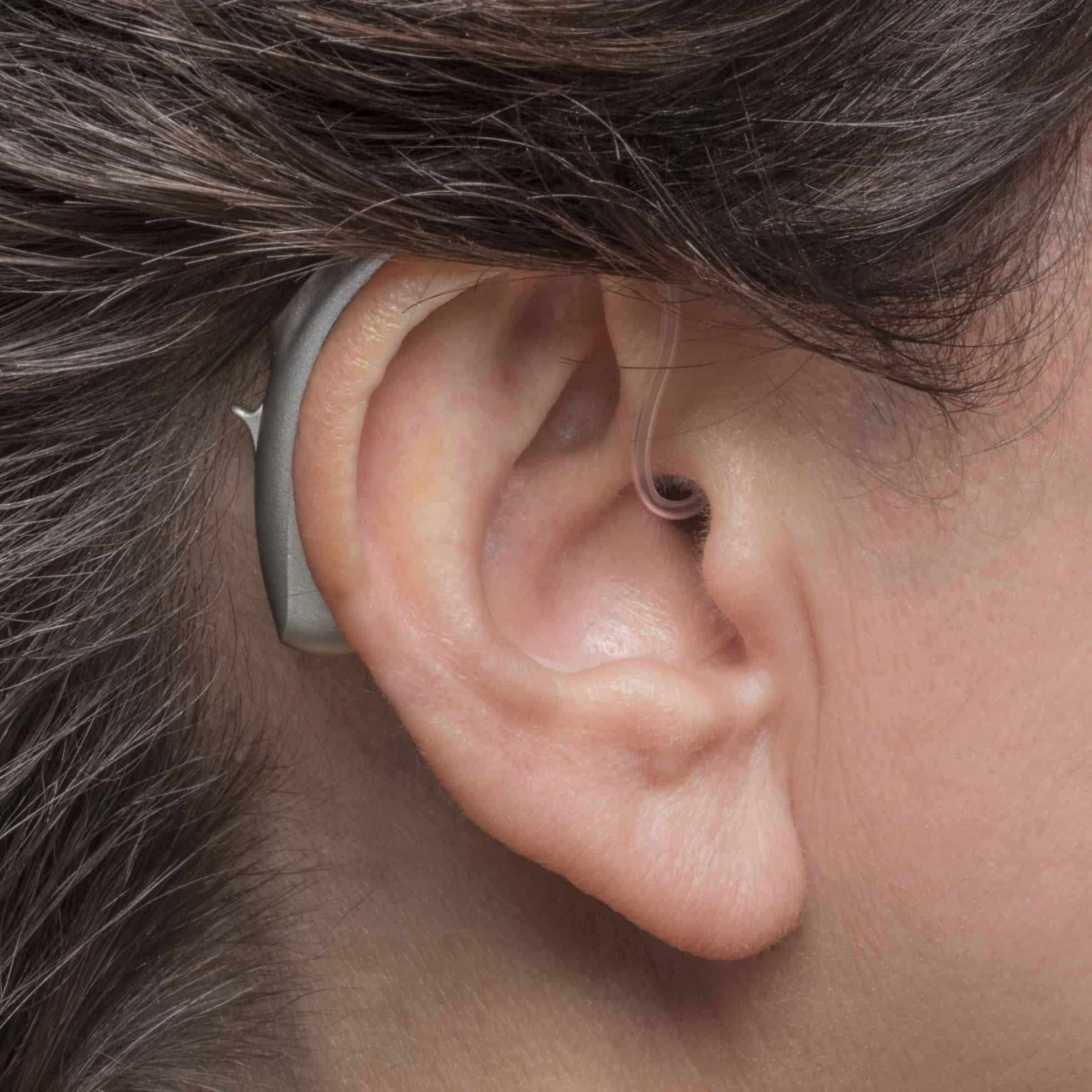Oticon Hearing Aid Reviews From an Audiologist in 2025
Dr. Brad Ingrao, one of our resident audiologists, recommends Oticon hearing aids because of their sturdy construction and crisp, natural sound.
To assess Oticon’s applicability for the needs of seniors, Dr. Ingrao relied upon his many years of service as an audiologist. He compared Oticon’s newest offerings to their older models to assess how they’ve continued to grow technologically. He kept these and other attributes in mind:
- Price: Oticon is a premium hearing aid brand with pricing comparable to other prescription manufacturers like Starkey. Less expensive options exist in both the prescription and over-the-counter hearing aid categories for older adults on a budget.
- Durability: Oticon’s hearing aids can fit the needs of older adults. While it’s always a good idea to treat your hearing aids with care, Oticon’s devices are built to last. They also come with a two- to four-year limited warranty, depending on the model.
- Sound quality: Oticon’s hearing aids produce natural, clear sound in all types of hearing environments. That is especially important for older adults, who may abandon the use of hearing aids that don’t provide enough correction for hearing loss.
- Accessories and add-ons: Many accessories are available, such as microphones and TV adapters that further enhance the hearing quality and reach of Oticon hearing aids. These enhance the quality of life for seniors by enabling them to enjoy social activities with less strain and more ease.
As an audiologist, I get asked a lot about Oticon, plus other hearing-aid styles, prices, and brands. I have long-standing experience with Oticon, starting with its behind-the-ear (BTE) devices used by my deaf friends in college. At that time, Oticon was one of the first hearing-aid companies to focus on the sound quality of a user’s voice, which tends to sound strange when amplified through hearing aids.
Not only do the devices improve sound, they also hold up for years, making them a solid investment. The company also stands behind its products. For this year’s review, I’ll discuss my experiences with the company’s products. I’ll also review Oticon’s product line and most popular accessories, and let you know how they compare with the best hearing aids of 2025.

Testing out Oticon hearing aids
How Does Oticon Compare?
Oticon is a technologically advanced hearing aid provider that has been in business for more than a century. The company has a history of technological innovation, offering some of the best hearing aids on the market. That said, some older adults may prefer hearing aids that are less expensive and available to buy without the need to see a medical professional in person. To learn more about lower-cost alternatives, check out our list of the top-rated affordable hearing aid providers.

Quality and Durability
I've always found Oticon products well-built and durable. They offer up to a four-year warranty on select models, and, in my clinical experience, they have typically gone the extra mile to resolve any repair issues promptly. As with other top companies in the industry, including Phonak and ReSound, the warranty is international, with an extensive network of independent providers and company-owned HearingLife locations.
Did You Know? Untreated hearing loss in older adults is a significant risk factor for depression, isolation, and dementia. The regular use of hearing aids can reduce these risks.1
Oticon Hearing Aid Prices
Like most premium hearing aid brands, Oticon does not list its prices online. Individuals must visit a hearing clinic in person to get accurate pricing information. Your costs for Oticon hearing aids may vary between providers. Geographical differences and other factors, such as bundled audiological services, often influence the bottom line. I’d estimate that you’ll pay anywhere from $2,000 to $4,500 per device. That is similar to other comparable hearing aids, including Phonak’s prices and Signia’s costs.
If these estimates are outside your budget, you’re certainly not alone. There are affordable over-the-counter hearing aids for mild to moderate hearing loss that provide optimal sound quality as well as Bluetooth connectivity and rechargeable or traditional battery options. For comparison, MDHearing’s prices start at just a few hundred dollars, while Eargo’s prices start at around $1,650 per pair. Keep in mind, however, that OTC hearing aids are not powerful enough to correct hearing loss that is severe or profound.1
Compare Oticon to Other Providers
Current Product Lineup
Oticon’s current lineup of hearing aids relies on BrainHearing, a technological advancement that enables the ears to deliver the full sound spectrum to the brain. It not only produces natural sound, but it also helps the brain seamlessly filter out unimportant sounds in favor of important ones, like voices.
FYI: Oticon offers several different styles and models of hearing aids. I’ll only cover some of the company’s most popular devices in this review.
One of Oticon’s most popular hearing aids is Oticon Intent, released in early 2024. This unique hearing aid contains 4D sensors that intuit the wearer’s listening intention and preferences. Using insights acquired from BrainHearing, Oticon engineered Intent hearing aids to respond to the wearer’s head and body movements, as well as conversational activity and the surrounding environment.

Another current offering is Oticon’s Real line of miniRITE and miniBTE hearing aids. Real hearing aids are available in rechargeable and traditional battery options, and are powered by Oticon’s Polaris R platform, which uses ultrafast sound detectors to process and reduce disruptive sounds. When coupled with BrainHearing technology, individuals can have easier conversations with less strain. Real hearing aids are engineered to reduce wind and handle noise.
Oticon also offers a high-powered line of hearing aids called Zircon for severe to profound hearing loss in miniBTE and miniRITE styles. These high-quality products are available at two performance levels. Zircon hearing aids use BrainHearing technology but are available at a lower price point than Intent and Real hearing aids. They’re compatible with Oticon CROS and come in lots of colors.
Pro Tip:Oticon’s prices aren’t listed on the company’s website. You’ll need to visit a local provider to learn more about costs.
Oticon hearing aids support two-way, hands-free phone and video calls for most iPhones and iPads. You can also use them to directly stream from some Android devices and connect with family and friends remotely using FaceTime or Zoom. Android users can purchase the ConnectClip accessory tool to enable seamless two-way hands-free phone calls.
Accessories and Apps
The Oticon Companion app provides basic remote control and cool features. Examples include Find My Hearing Aid and the ability to manually adjust the mix of ambient sounds. That’s great for TV listening (keeping the noise from the kitchen down) or when using a remote microphone. Unlike Oticon’s earlier ON app, the Companion app lets your hearing-care professional provide remote support. That’s very useful for people who don’t want to visit a store in person whenever they need an adjustment.
ConnectClip Microphone
The ConnectClip is a nice multifunction device that operates as a directional remote microphone. That allows you to control the negative impact of distance, reverberation, and background noise by picking up conversational speech very close to the person talking, and then wirelessly streaming that “clean” speech to your hearing aids up to 60 feet away.
Secondly, it acts as a simple remote control for volume and changing programs. It’s ideal for users with hand dexterity issues or with memory problems who may need a family member or caregiver to assist them with their hearing aids. Finally, Android users can use the Connect Clip as a Bluetooth “rebroadcaster” to stream phone calls and music from their phone.
Pro Tip: Want to compare Oticon to other popular hearing aids? Head to our list of the top hearing aid providers for seniors.
TV Adapter 3.0
This small device connects to your TV or cable box with an analog or digital connection. Once paired with the hearing aids, it will stream TV audio directly into your hearing aids, up to a distance of 45 feet. This generates sound independently from the TV speaker, so your listening partners have separate volume control. As noted above, the Companion app can adjust the mix of TV sounds with environmental sounds.
Phone Adapter
A small box connects to your landline phone and pairs to the ConnectClip, which then streams to your hearing aids. It essentially turns your landline phone into a cordless phone.
Oticon vs. the Competition
Here’s how Oticon stacks up against several prescription and OTC hearing aid manufacturers:
| Oticon | Starkey | Lexie | Jabra Enhance | |
|---|---|---|---|---|
| Available in stores and without a prescription online | No | No | Yes | Yes |
| Tinnitus tools | Tinnitus SoundSupport is built into hearing aids and app | MultiFlex Tinnitus Technology is built into hearing aids | Use of hearing aids may help reduce tinnitus; Lexie has no additional tinnitus tools | Use of hearing aids may help reduce tinnitus; Jabra Enhance has no additional tools |
| Estimated cost per pair | $2,000-$8,000 | $3,000-$8,000 | $299-$999 | $1,195-$1,995 |
| Warranty/risk-free trial period | 2-4 year warranty, 30-day risk-free trial | 2-3 year warranty, 30-60 day risk-free trial | 1-year warranty, 45-day risk-free trial | 3 year warranty, 100-day risk-free trial |
Did You Know? Tinnitus is often the first symptom of hearing loss in older adults. Hearing loss causes tinnitus, but tinnitus does not cause hearing
The Bottom Line on Oticon
While I think Oticon does a solid job of trying to offer a wide range of price points, the reality is that many people, understandably, cannot afford hearing aids. For people with mild to moderate hearing loss, OTC hearing aids may be an option, but they don’t include access to face-to-face input from an audiologist. Some OTC hearing aids, like Eargo, include audiological support for your hearing aids via an app. It’s valuable, but doesn’t replace medical testing or advice.
Unfortunately, the most seemingly obvious solution, Medicare, doesn’t cover hearing aids. There is legislation in the works, but that’s a nonstarter for now. Some private insurance plans, including those with Medicare Advantage (Part C), cover some of the costs. If you are of limited means, your state Medicaid program may be able to help. If you’re still working, as many seniors do, check with your state Vocational Rehabilitation office. If you are a veteran and eligible for general VA health care, hearing aids, including premium devices, are fully covered, as are accessories. For more information, head to our guide on how to find free or reduced-cost hearing aids.
If Oticon hearing aids are in your price range, I’m confident you’ll hear better and have a pleasant user experience — from fit to service to reliability. For more details, watch my interview on Medicare and hearing aids with SeniorLiving.org Editor-in-Chief Jeff Hoyt below.
Take Our Free Online Hearing Test
Wondering if you have hearing loss?
Grab your headphones and get an evaluation in minutes.
-
National Institute on Aging. (2025). Hearing Loss: A Common Problem for Older Adults.





